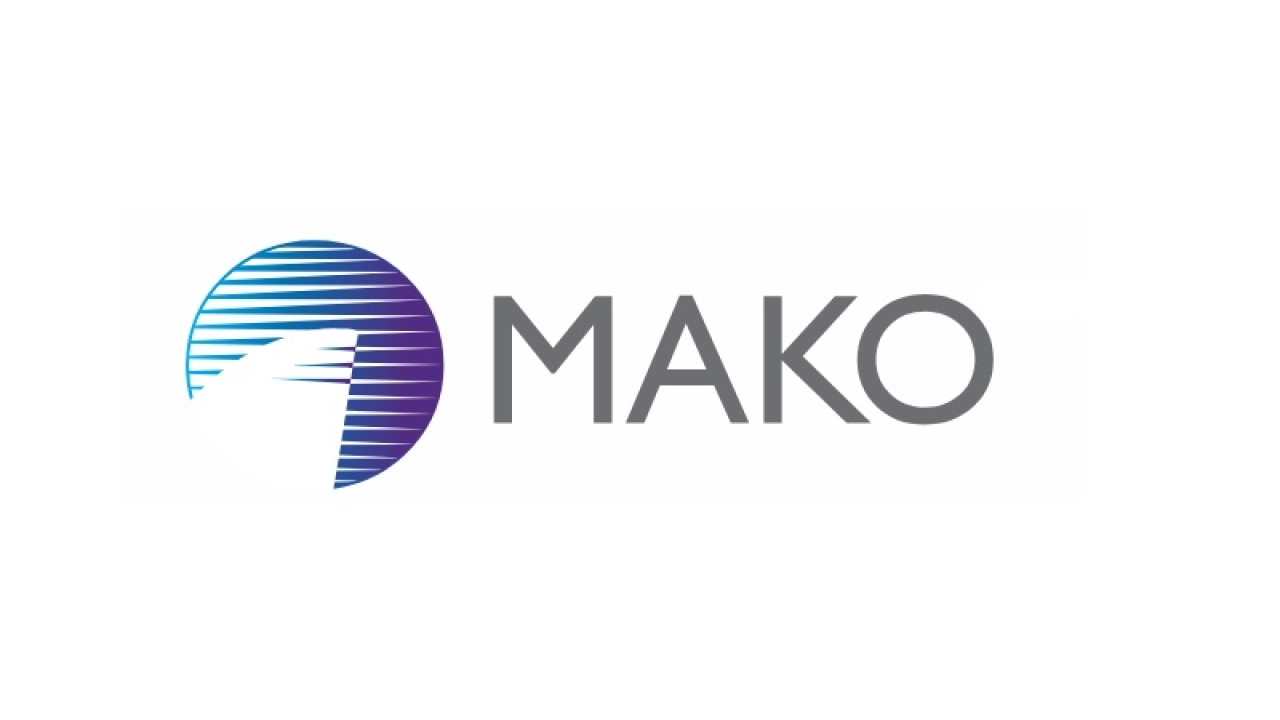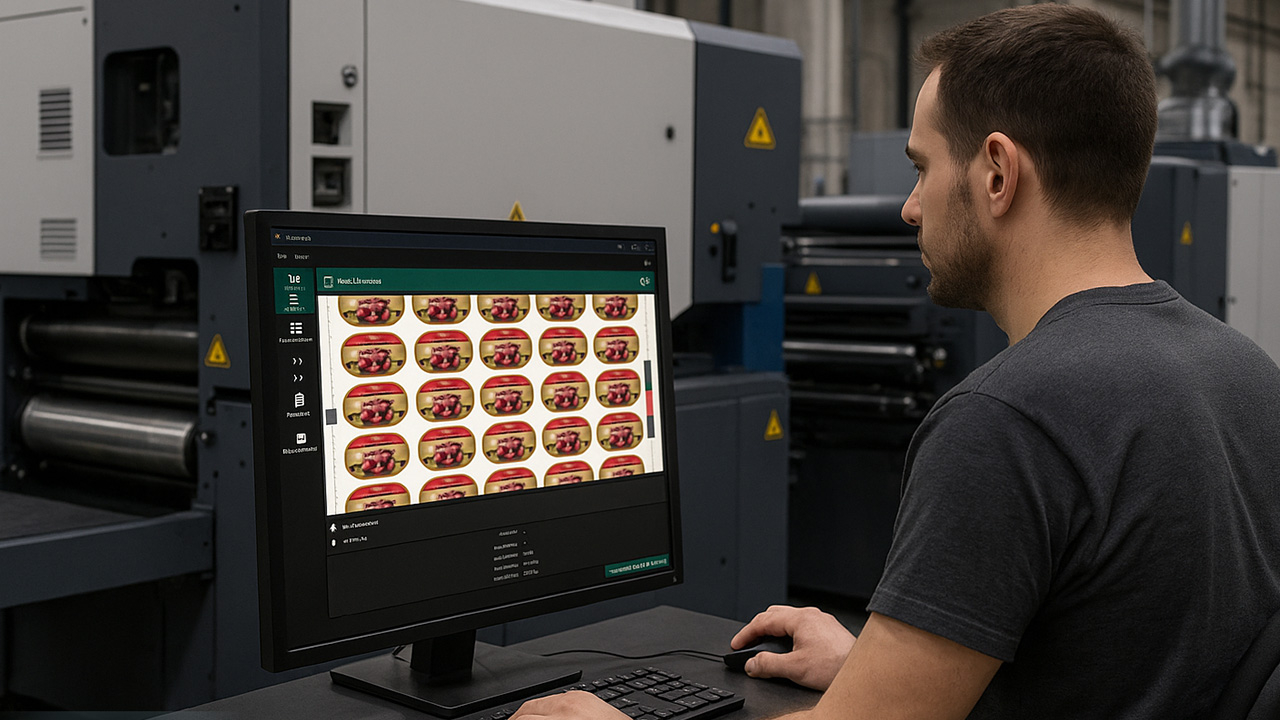Global Graphics Software introduces Mako software development kit
Global Graphics Software has introduced Mako, a new software development kit (SDK) for preparing documents for print and designed to give complete control over pre-press files.

Mako is a multi-platform technology for pre-press, document conversion and manipulation. Aimed at developers and system integrators, it can be used upstream of Global Graphics Software’s Harlequin RIP to prepare documents for printing or can be used on its own to create custom print workflow components, such as imposing pages or combining documents into one job. Developers can use Mako to split or combine files, convert colors and add new content, such as 2D barcodes, to ensure that the job is properly prepared to produce the desired output before passing it on for processing through any RIP including Harlequin.
Mako incorporates a color management engine that ensures color integrity by referencing input and output ICC profiles that are embedded into a document, supplied locally, or built into Mako itself.
Mako can handle PDFs created at actual size, for example, a wide format banner or 10m wallpaper roll. Developers can impose any size of job using Mako – booklet, n-up or ganging or nesting – to make the best use of the print substrate.
Mako is compatible with Windows, Linux, Mac OS, iOS, Android and Windows 10 IoT, meaning that documents destined for print can be processed and previewed on any device.
David Stevenson, Mako product manager at Global Graphics Software, commented: ‘Mako is a versatile SDK that developers can use to interrogate, modify or visualize documents, primarily in PDF but other page description languages such as XPS are also supported. Mako can be used to build custom print workflow components to pre-flight – interrogating font or color information, for example – or to create active components that change or create new content, by imposing or combining existing documents.
‘Mako can also be used to visualize documents on screen, in a web browser or on different devices such as tablets or smartphones.’
Additionally, Mako can be used to create dedicated workflow components to reorder pages, split jobs into smaller files by page count or an internal marker such as a bookmark, or combine files into larger jobs. Mako ensures all of the resources needed to print the job will be present however the job is divided, joined or restructured, for example by reorganizing fonts to avoid multiple instances and by merging font subsets.
Page count, page dimensions and orientation, document metadata and other important information is are easily obtained using Mako. Workflow developers can use Mako to discover the spot color channels present in the job, or perform more detailed analysis to find which spot colors are used and by how much.
A common requirement of pre-press workflows is to preview a file. With Mako developers can build fast, high-quality visualization, performance-tuned to the platform. For example, Mako can generate SVG (Scalable Vector Graphics) of a PDF page, complete with overprint simulation, for preview in an HTML5 browser.
Stay up to date
Subscribe to the free Label News newsletter and receive the latest content every week. We'll never share your email address.

